THE RADISH: Pests and most important diseases
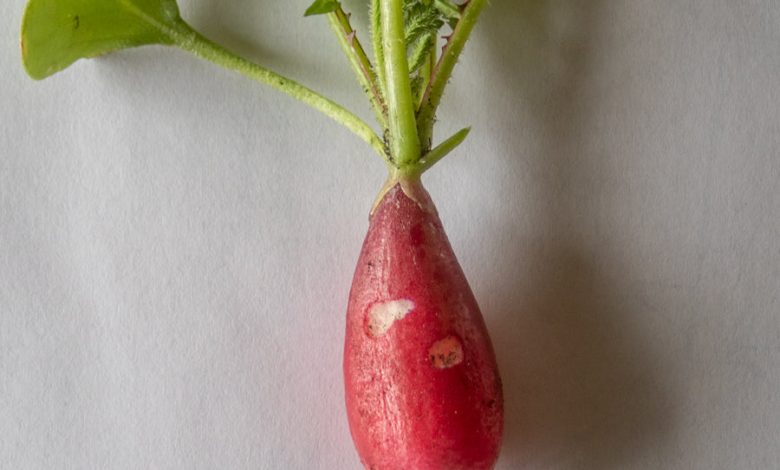
In the previous article we saw some tricks on how we could grow radish, but we left the issue of pests and diseases pending. For this reason, today we will try to discover which are those bugs and microorganisms that most affect this vegetable.
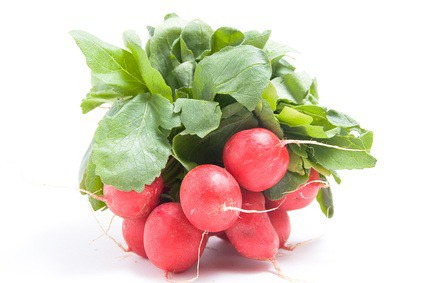
1. Radish pests
aphids
Aphids, as we have seen in other articles, are one of the most common pests in orchards and gardens. They are small in size (1-3 mm in length) and can have different colors depending on the species to which they belong. They attack the young shoots of crops with a high sugar content. The larvae cause damage by making galleries in the leaves of plants.
As for adults, they feed by sucking sap from leaves, buds and young shoots using the stylet of their mouthparts. In addition, they excrete a sticky, sugary liquid called honeydew that attracts ants. They favor the appearance of a fungus known as bold and can also transmit viruses from one plant to another.
In the following image you can see an example of this plague:
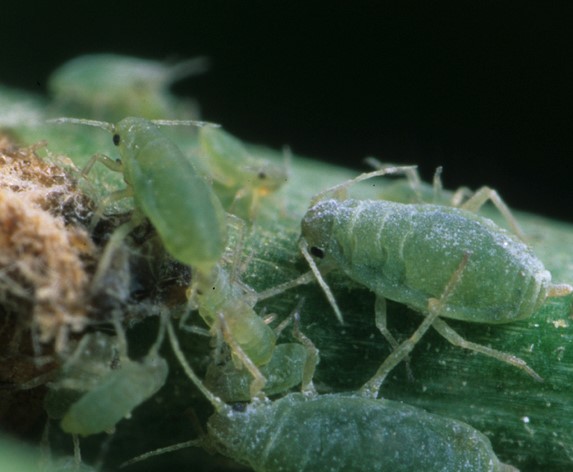
Some control methods that you can use are based on: Eliminating weeds, good substrate preparation, color traps, pruning or natural enemies such as ladybugs, lacewings, earwigs or wasps.
White fly
Whiteflies are generally located on the underside of leaves. They like humidity and high temperatures, so they are a frequent pest in spring and summer (very dangerous in greenhouses!).
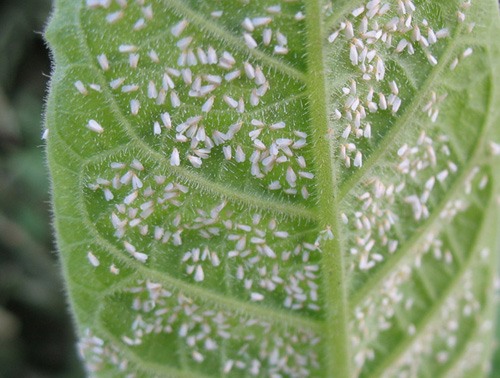
The main damages they cause to crops are:
- Extraction of sap from the plant.
- mechanical damage
- They produce molasses.
- Some species are disease vectors.
The best control method is prevention. Therefore, it is important that you check the underside of the leaves from time to time in order to act as soon as possible. In addition, there are various methods of whitefly control such as chromatic traps, natural predators, infusion of wormwood, garlic, etc.
Cabbage caterpillar (Pieris brassicae)
The cabbage butterfly , pieris brassicae, is a Lepidoptera of about 5 or 6 cm, white in color with black spots. It usually feeds on the cruciferous family (Brassicaceae), that is, cabbages, cauliflowers, radishes, Brussels sprouts, etc.
The eggs of this butterfly hatch in approximately 8-10 days and give rise to small gray larvae. These larvae are very voracious and will start to bore holes in radish leaves with their chewing mouthparts. They can become a very important pest in this family of plants! Once they pass their larval stage, they will pupate to become butterflies.
Its adult form is characterized by two points on the wings, like the ones seen in the image.
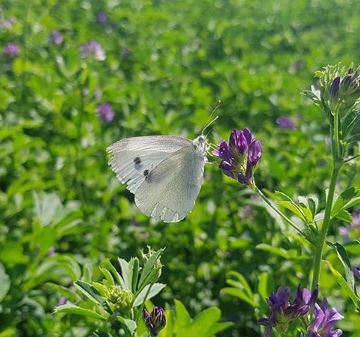
I leave you the link of an article where you can read some remedies to kill the cabbage caterpillar.
black donut
The scientific name of this Lepidoptera is Spodoptera littoralis.It is a caterpillar that feeds mainly on the inner leaves. Throughout the day they hide and at night is when they feed. Normally spawning is carried out in the aerial part of the plant, on the underside of the leaves. When they turn into butterflies they no longer do any damage.
For its control it is recommended:
- Place pheromone traps.
- Monitor the early stages of crop development, as this is the time when they are most susceptible.
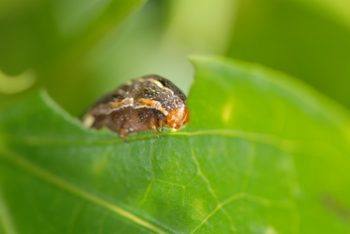
snails and slugs
Snails and slugs are a type of herbivorous molluscs that like moisture very much. For this reason, they usually come out when the environment is warm and humid (when it has just rained, at night, after watering,…). If we let them roam freely in the garden, they can affect the leaves and fruits of almost all plants. The problem is usually not very serious unless there are too many.
The best method to remove them is manually, but there are other methods to remove slugs and snails that you can find in the link.
2. Diseases
Mildew: leaves with brown spots
Another fungus that affects radishes is mildew. It produces greasy-looking spots of different shades on the leaves, which then turn brown and wither.
I have not found any photo of how Mildew affects radish leaves, but here is an image of how it affects tomato leaves.
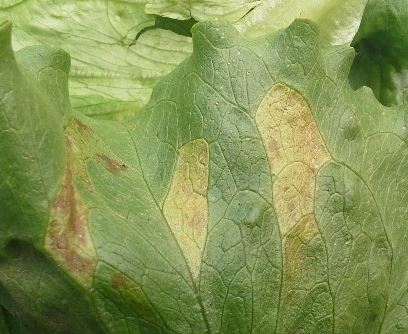
3. PHYSIOPATHIES IN THE RADISH
- CUFFED: Sometimes, if we let the radish ripen too much, what we know as «hollowed» can occur.
- SPICY TASTE: The spiciness will be greater if the radish has been overheated or harvested too early.
- HARD TEXTURE: In soils that are too light or with water deficit
References
- Spanish Nutrition Foundation. (2018).Status report on «Fruits and Vegetables: Nutrition and Health in Spain in the 21st century»
- Nicola, S., Tibaldi, G., Fontana, E. (2009).Fresh-cut Produce Quality: Implications for a Systems Approach. Editor(s): Wojciech J. Florkowski, Robert L. Shewfelt, Bernhard Brueckner, Stanley E. Prussia, In Food Science and Technology, Postharvest Handling (Second Edition), Academic Press, 247-282.
- Santos, M., Queirós, R., Moreira, S., Zhu, Z., Barba, F., Saraiva, J. (2017).Interaction of Compounds, Editor(s): Charis M. Galanakis, Nutraceutical and Functional Food Components, Academic Press, 335-354.

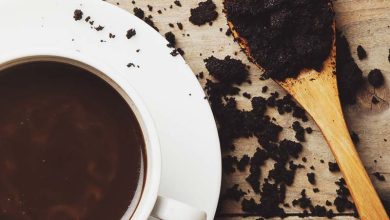
![Photo of El Tajinaste: [Planting, Care, Irrigation, Substrate, Characteristics]](https://www.complete-gardening.com/wp-content/uploads/2021/06/tajinaste_1605872904-390x220.jpg)
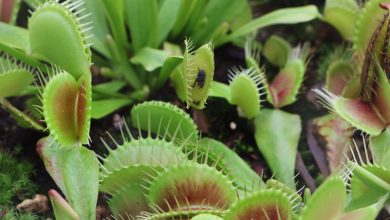
![Photo of Horse Manure: [Compost, Advantages, Use and Characteristics]](https://www.complete-gardening.com/wp-content/uploads/2022/08/horse-manure-compost-advantages-use-and-characteristics-390x220.jpg)